I have to say, Kodak took the photography world by storm when they announced the return of Ektachrome. Kodak got out of the colour reversal game in 2013, after over 70 years of production dating back in 1940. But in 2018 they announced the return of Ektachrome in a new formulation called E100. It again took some time, with a re-release of TMax P3200 keeping us teased, but it finally hit the market with an initial release which was snapped up, but now the supply is flowing! I never shot a lot of slide film and stuck mostly with Fuji products. But when I shot with E100, it usually was E100G or GX with some VS thrown in and each time even with the expired stuff I stood impressed. I do have to say; I had a hard time waiting to load this into the camera until we got better weather here in Southern Ontario. Thankfully April blessed us with a few good days to get out and shoot and the results, well, they’re stunning! Plus I also gave the film a bit of a leg up by using my two best cameras in my kit, the Nikon F5 and Minolta Maxxum 9, which probably helped and having an excellent lab, Borealis Photo Lab in Montreal, Quebec handle the processing.
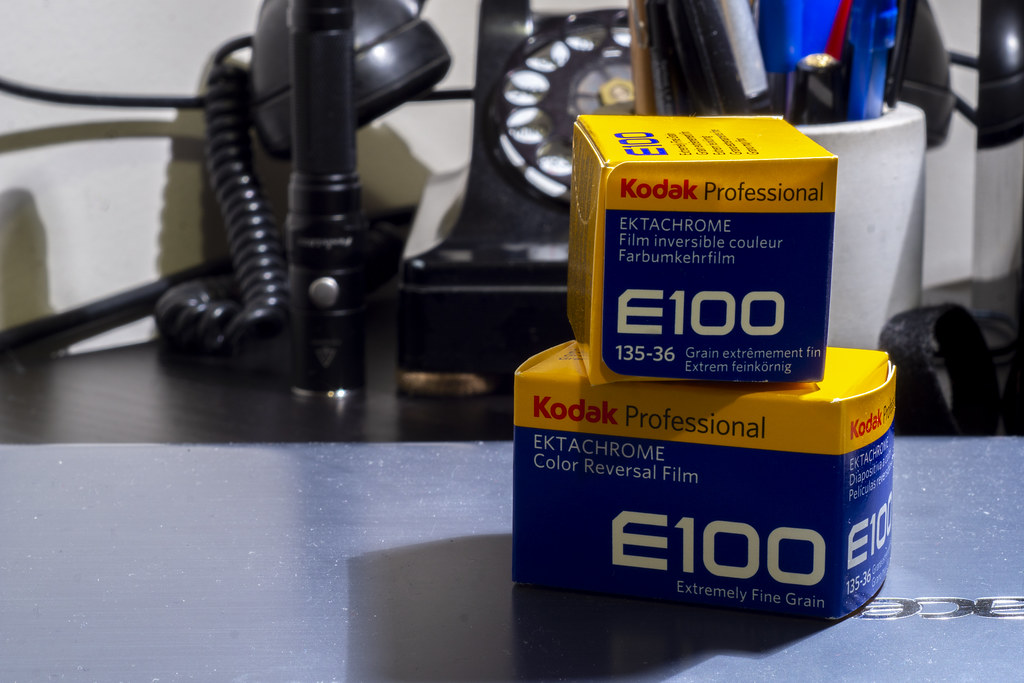
Film Specs
Type: Colour Reversal (E-6)
Film Base: Acetate
Film Speed: ASA-100
Formats Available: 135, Medium Format (120), and Sheets (4×5 & 8×10)
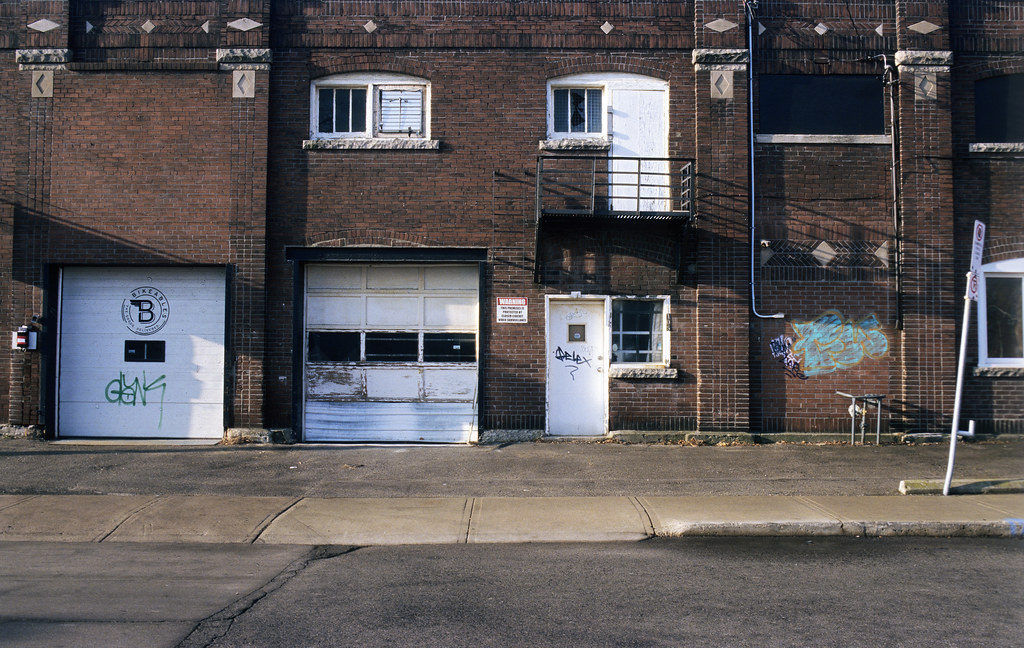
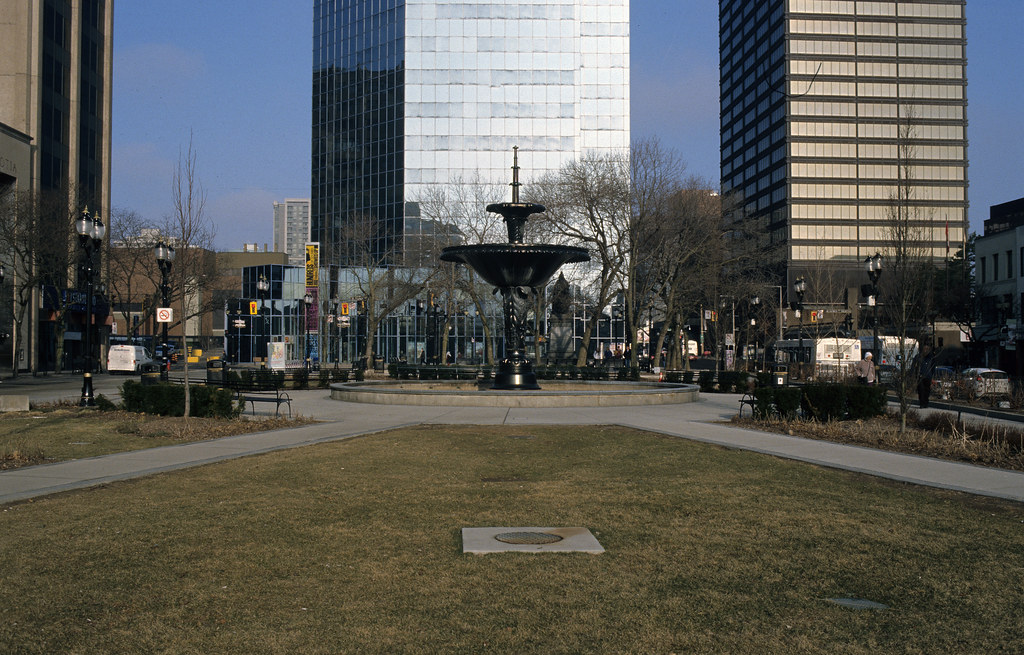
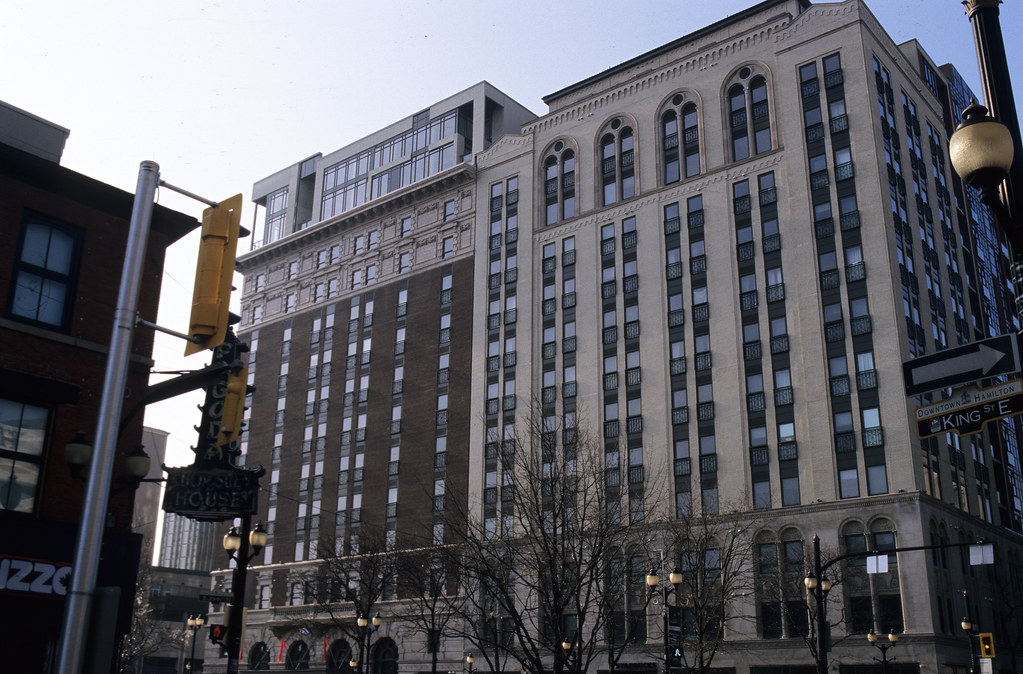

Colour Rendition
The first thing that grabbed my attention with E100 is how real the colour looks; there’s no mistaking the colour separation. And nothing is hyper-real like you get with Ektar 100 and got with Kodachrome. Red, Green, Blue, they all look like they do in the real world. And they’re rather bright, but nothing overly saturated or muted about them, true real colour reproduction. That said, if you shoot the stuff in the right conditions and behind the right glass, you can get some punchy colours. Which having shot with the older versions of E100 is the perfect balance between all three versions of the film but seems closest to E100G or GX, GX being my favourite of the previous versions of the film. The one thing that I will mention is that the film does not like to be shot under overcast conditions, it dulls everything, whereas if you’re shooting under the bright hard sun, you get beautiful colours and blue skies, brilliantly.

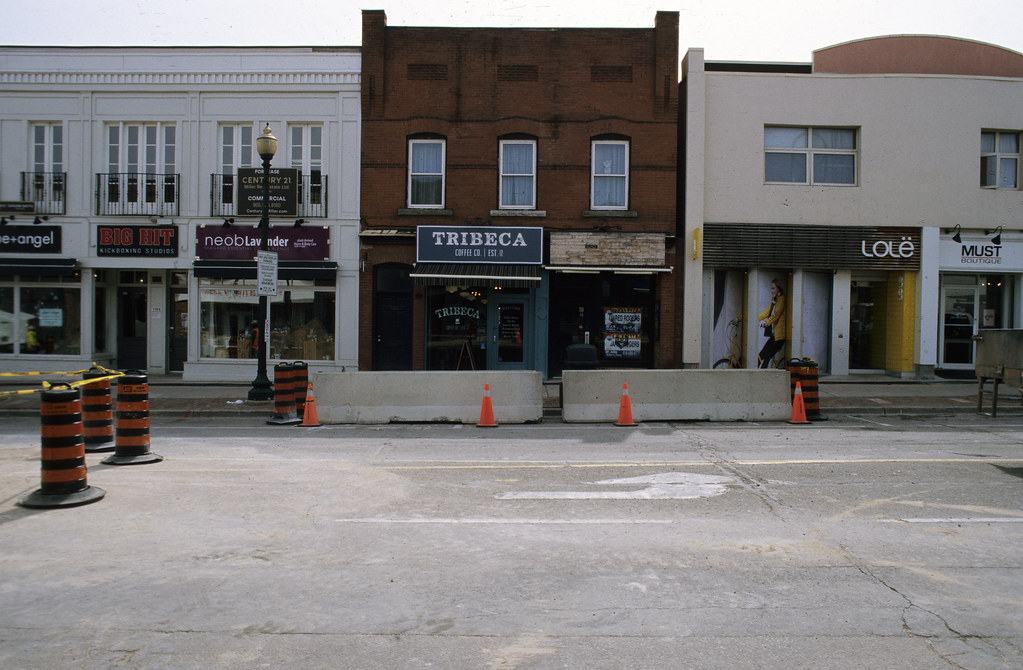

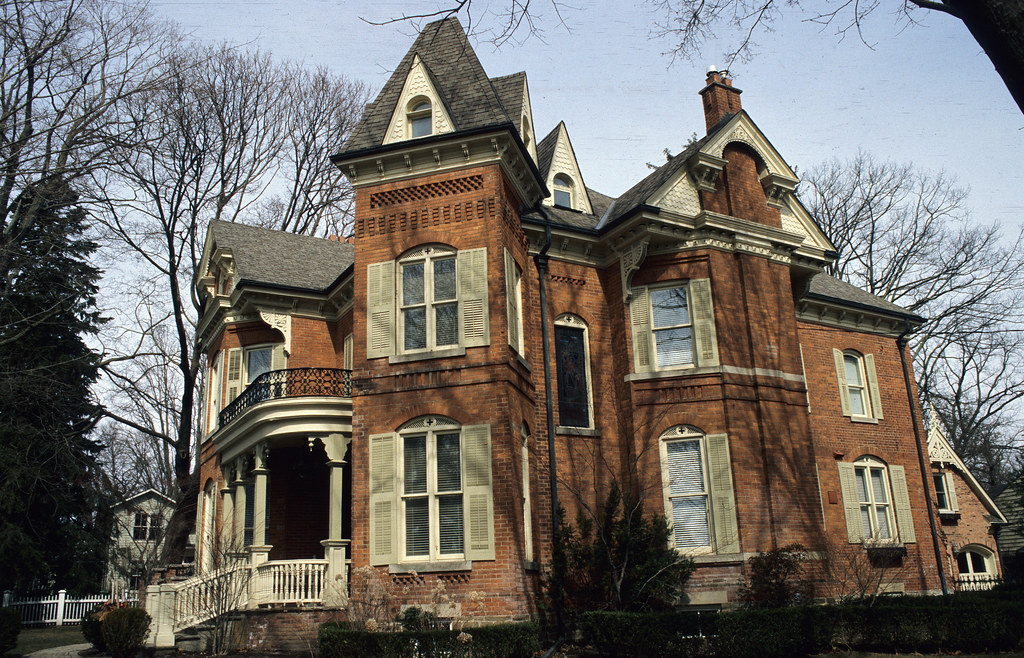
Image Quality
In general, you’ll get amazing image quality out of slide film, mostly because of how exacting you need to be with the exposure due to the lack of forgiveness. That said E100 is some of the best slide films I’ve seen since Kodachrome and Fuji Velvia 50 but without the slap you in the face hyper-real colour. Each frame is sharp and nearly grain-free. There’s very little in the way of colour aberration from the scanning process, and these would probably look brilliant when projected up on the screen.


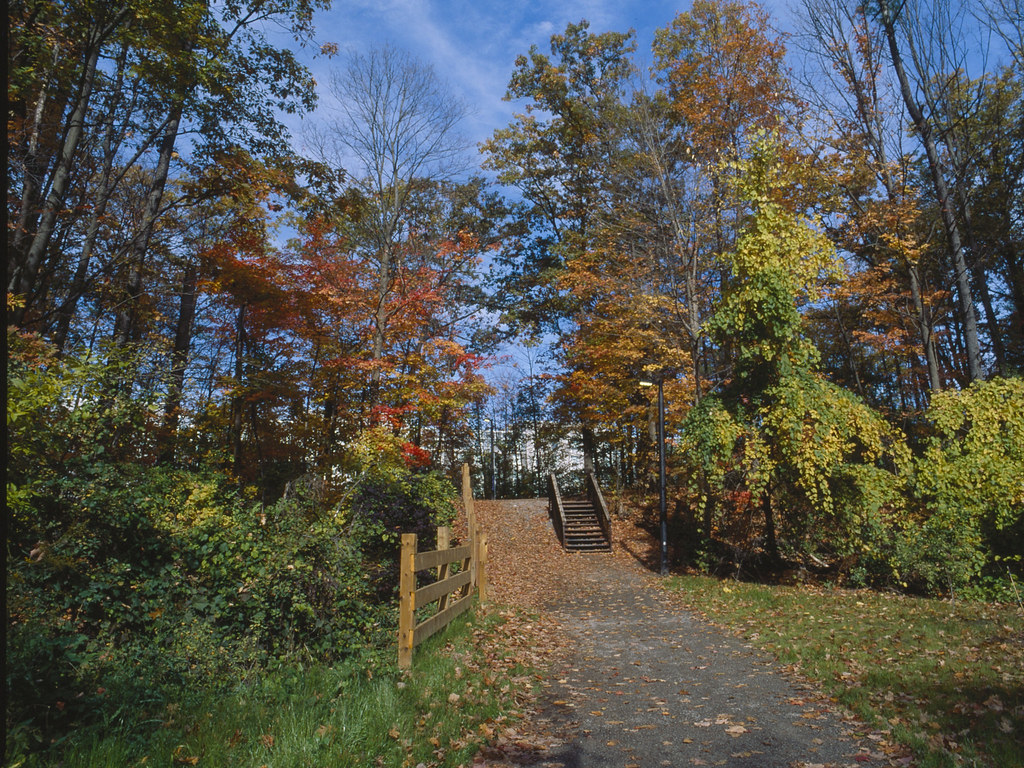
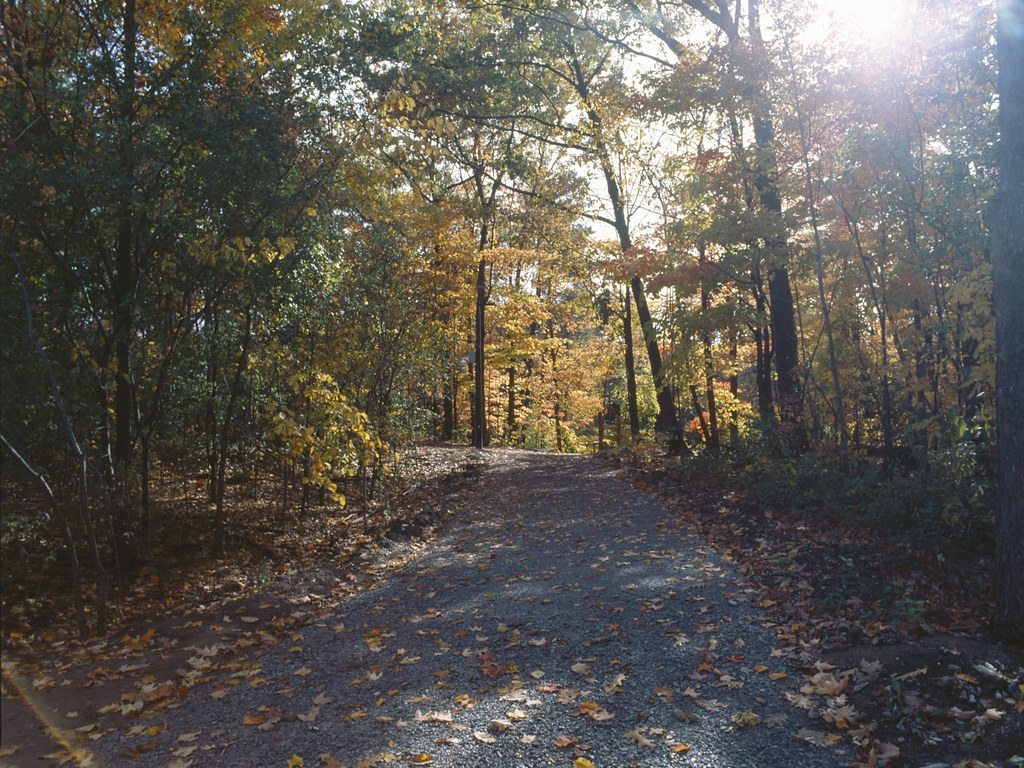
Scanning
I found the images very easy to scan. The colours looked fantastic right off the bat. They required little to no adjustment in Photoshop and came in rather clean, aside from a few bits of dust and some scratches that came from debris on the scan rollers. There are a few I had to brighten in post-processing but nothing too serious. I’m fairly impressed with the ease I had in scanning. It probably helps that I use a Coolscan V opposed to my V700. But even so, I think they would scan fairly well in any scanner you run them through. Thankfully the medium format Rolls were scanned by my good friend James Lee who built a proper colour profile using Silverfast. This resulted in a far better colour response. Using that as the baseline I scanned my third roll of 35mm through the Coolscan again using Nikon Scan software this time with Digital ICE turned on and the colour profile from the medium format roll and had a far easier time.
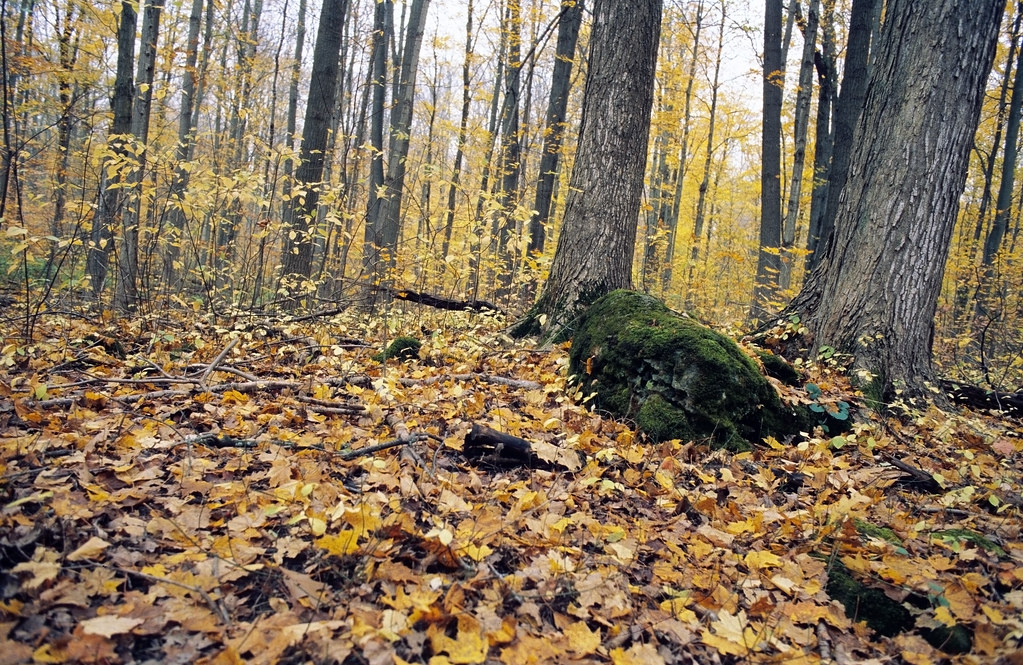
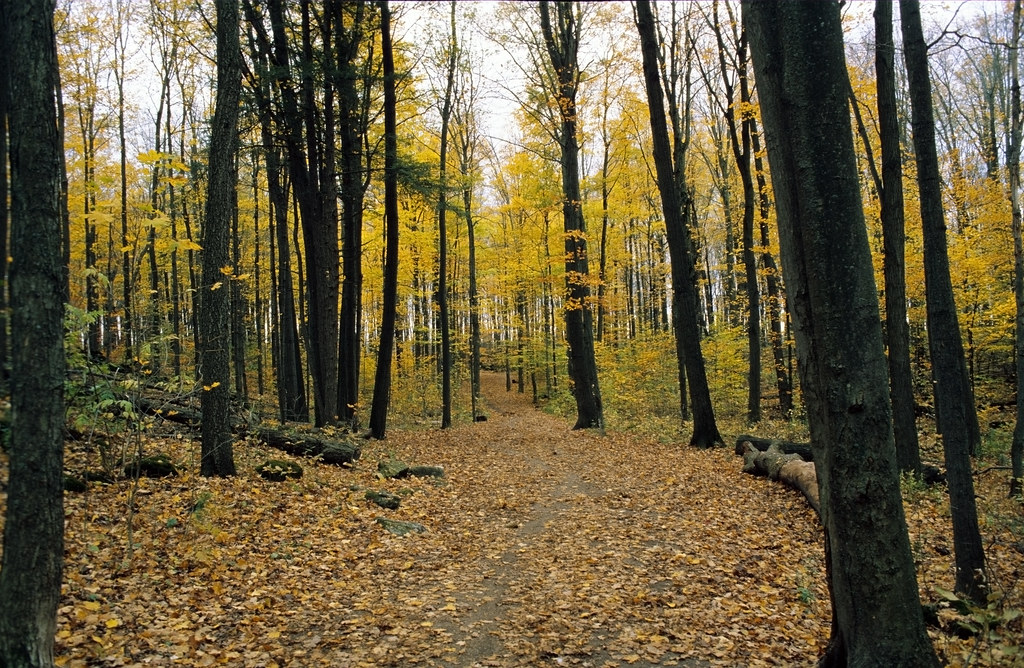

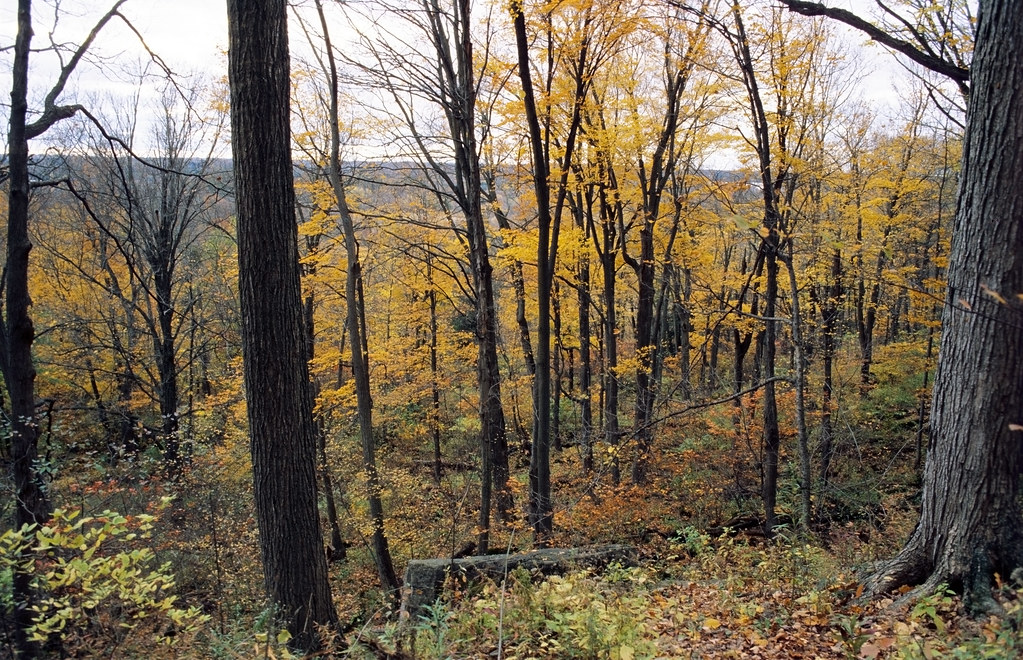
Overall Impression
Colour Film, especially Colour Slide Film has always been a stock I’ve avoided shooting for many reasons. First off the processing is difficult to go through a lab, having to mail it out, wait a few weeks and then get it back. It’s also hard to shoot being very picky on shadows and highlights and needing particular lighting conditions to get things just right. That said, however, the new E100 is perfect, beautiful and makes me want to shoot more slide film, especially E100. It sees the world as I see the world and colour. The images are sharp, fine-grained, and well exposed. And while it won’t ever have the same latitude as a black and white film or certain colour negative films, I’m rather happy with my results and glad I have another roll to shoot and plan on bringing it along to Saskatawan in August to get some colour into my holiday film photos. I’m glad Kodak took the time to bring the film back and improve upon the product.